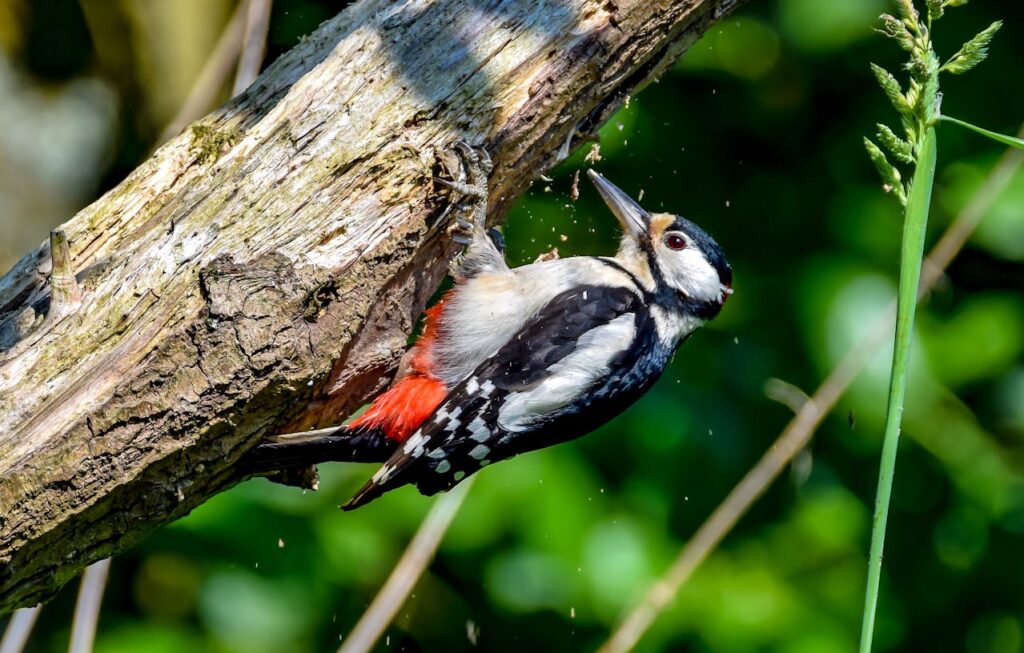
Woodpeckers, those vibrant and industrious birds, play a pivotal role in Ohio’s ecosystems. This article explores the species of woodpeckers found in Ohio, their unique behaviors, habitats, and the conservation efforts that help sustain their populations. With a keen eye on detail and an assertive tone, we’ll navigate through the layers of understanding these fascinating creatures, assuming you have a basic grasp of birdwatching or general wildlife observation.
Species of Woodpeckers in Ohio
Ohio is home to a diverse array of woodpecker species, each with its own unique characteristics and behaviors. The most commonly observed species include the Downy Woodpecker, the Hairy Woodpecker, the Red-headed Woodpecker, the Pileated Woodpecker, and the Northern Flicker. Each species plays a specific role in the ecosystem, from controlling insect populations to aiding in the decomposition of dead trees.
Downy Woodpecker
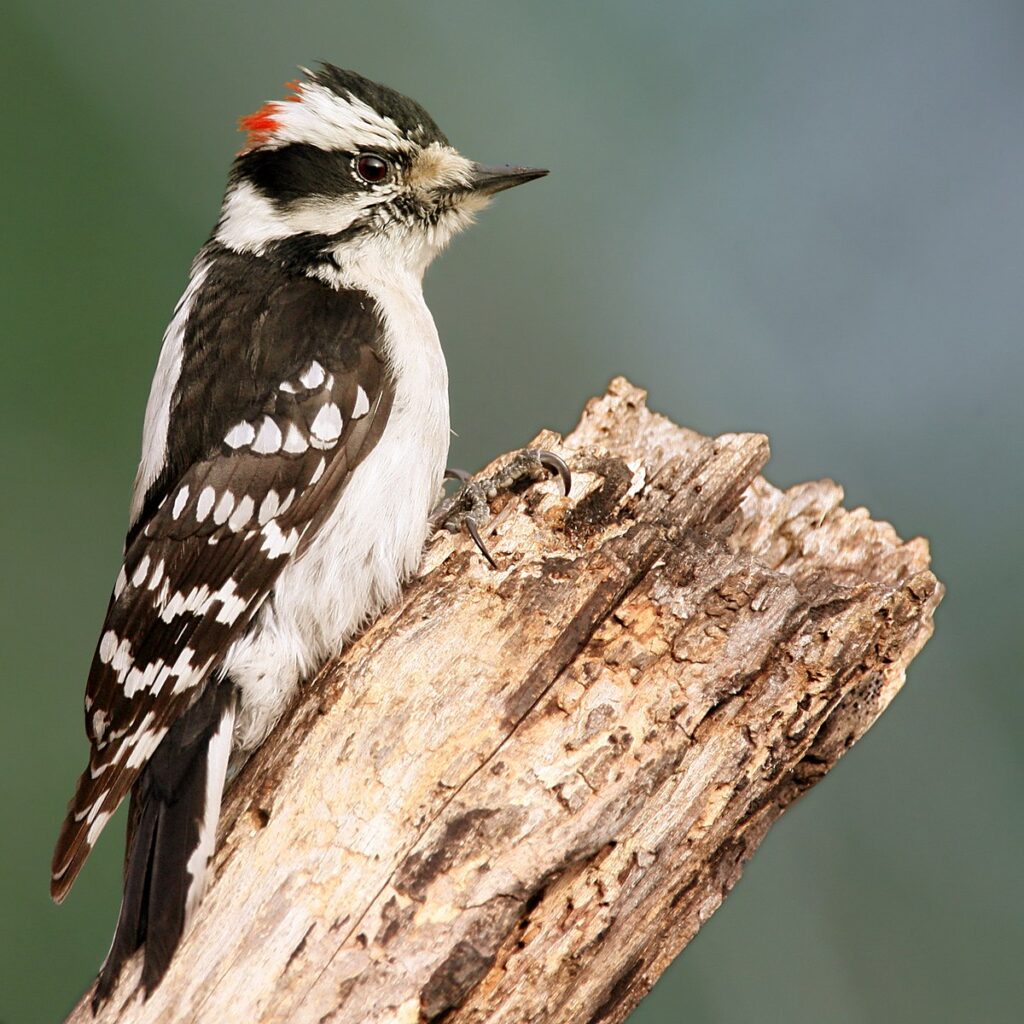
The Downy Woodpecker is the smallest woodpecker in Ohio and can be identified by its short bill and distinctive black and white plumage. It is particularly adept at foraging for insects in the smaller branches of trees and shrubs, making it a common sight in both forests and suburban areas.
Hairy Woodpecker
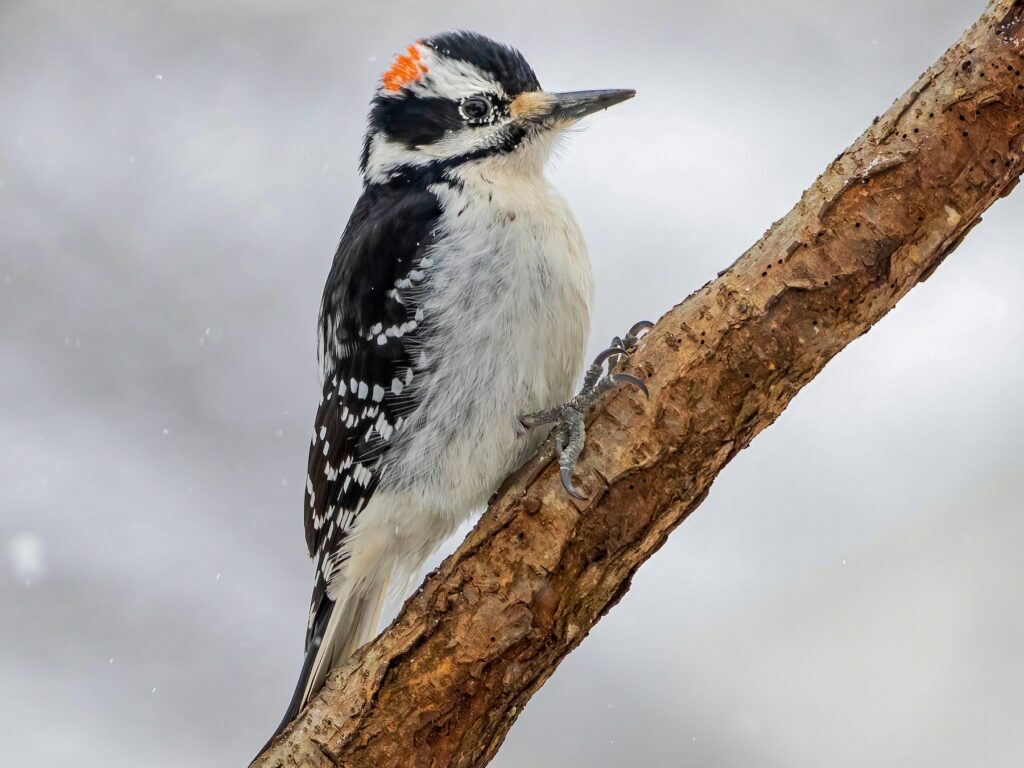
At a glance, the Hairy Woodpecker might be mistaken for the Downy due to their similar markings. However, it is larger in size and has a significantly longer bill. This species prefers mature forests where it hunts for insects, especially beetle larvae, hidden deep within the wood of trees.
Red-headed Woodpecker

The Red-headed Woodpecker is easily identifiable by its bright red head and contrasting black and white body. This species is known for its adaptability, capable of catching insects mid-flight and storing food for later consumption.
Pileated Woodpecker
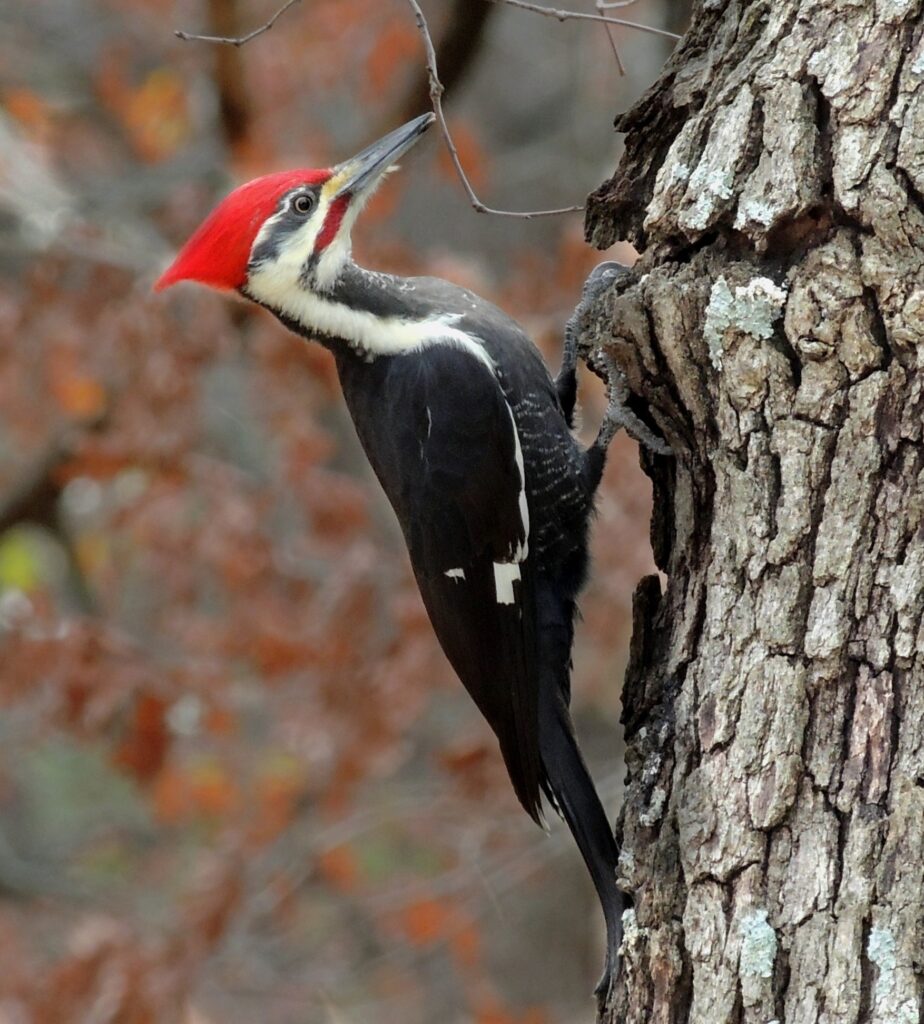
The Pileated Woodpecker, the largest woodpecker in Ohio, is distinguished by its size, red crest, and distinctive woody call. This species plays a crucial role in the ecosystem by creating large cavities in dead trees, which are then used by other species for nesting.
Northern Flicker
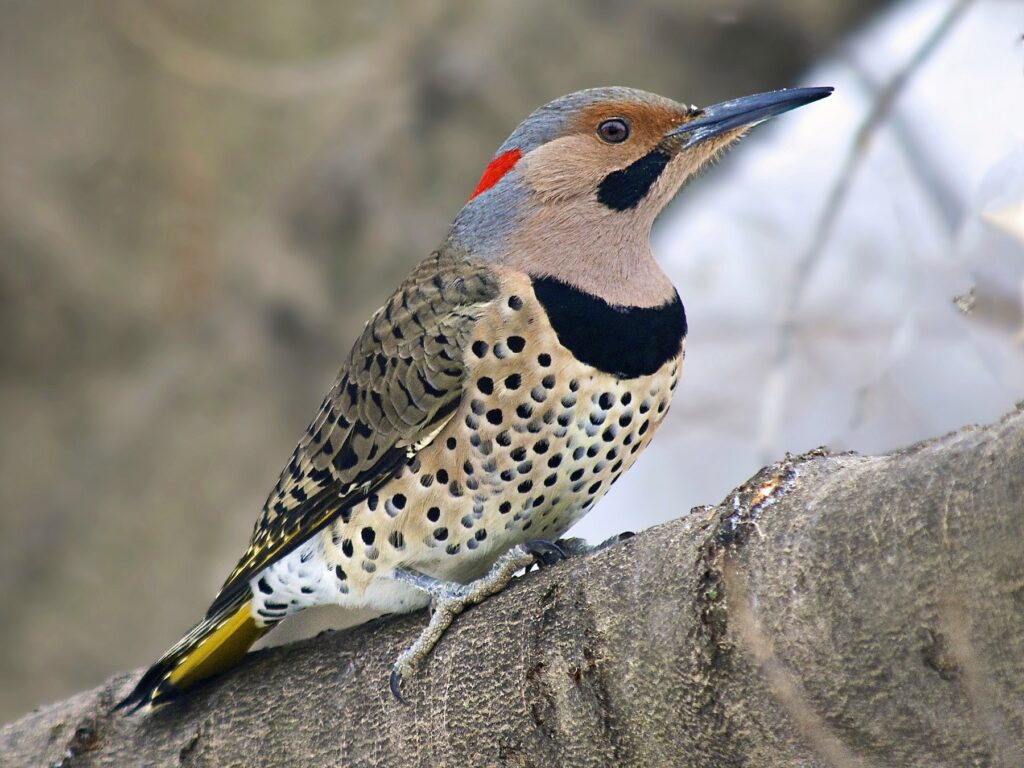
The Northern Flicker stands out due to its ground foraging habits and stunning plumage. Unlike other woodpeckers, flickers prefer to find their food on the ground, digging for ants and beetles with their slightly curved bill.
Behavioral Traits & Habitat Requirements
Woodpeckers exhibit a variety of behaviors that are fascinating to observe. Their drumming on trees, a behavior used for communication and territory marking, is perhaps the most well-known. This rhythmic tapping serves not only as a mating call but also to assert dominance over a territory.
Habitat requirements vary among species, but most woodpeckers in Ohio prefer wooded areas with ample dead trees or snags. These environments provide essential resources for nesting, feeding, and shelter. Conservation efforts often focus on preserving these habitats to ensure the survival of woodpecker populations.
Conservation Efforts & Challenges
The conservation of woodpecker species in Ohio faces several challenges, including habitat loss, competition for nesting sites, and environmental changes. Efforts to mitigate these threats include habitat preservation, the establishment of protected areas, and initiatives to educate the public about the importance of woodpeckers in local ecosystems.
Habitat Preservation
Habitat preservation is crucial for the survival of woodpeckers. By maintaining wooded areas and ensuring a supply of dead trees and snags, conservationists can provide woodpeckers with the resources they need to thrive.
Protected Areas
The establishment of protected areas helps to safeguard vital habitats from development and degradation. These areas serve as sanctuaries for woodpeckers and other wildlife, allowing them to live and breed in peace.
Public Education
Educating the public about the roles woodpeckers play in the ecosystem is essential for their conservation. Through awareness campaigns and community involvement, individuals can learn how to coexist with these birds and contribute to their protection.
Observing Woodpeckers in Ohio
For those interested in observing woodpeckers, Ohio offers ample opportunities. The key is to visit wooded areas, particularly those with a mix of live and dead trees. Early morning is often the best time to spot woodpeckers as they are most active during this period.
When observing woodpeckers, it’s important to maintain a respectful distance to avoid disturbing them. Binoculars and a quiet demeanor can greatly enhance the experience, allowing you to witness the intricate behaviors of these remarkable birds without interference.
Conclusion
Woodpeckers are an integral part of Ohio’s ecosystems, providing numerous benefits through their feeding, nesting, and territory-marking behaviors. Understanding these birds’ species, behaviors, and habitats offers insight into their crucial role in nature and underscores the importance of conservation efforts. By preserving their habitats and fostering a coexisting relationship, we can ensure that Ohio’s woodpeckers continue to thrive for generations to come.
